Ue-Hwan Kim
Self-supervised 3D Object Detection from Monocular Pseudo-LiDAR
Sep 20, 2022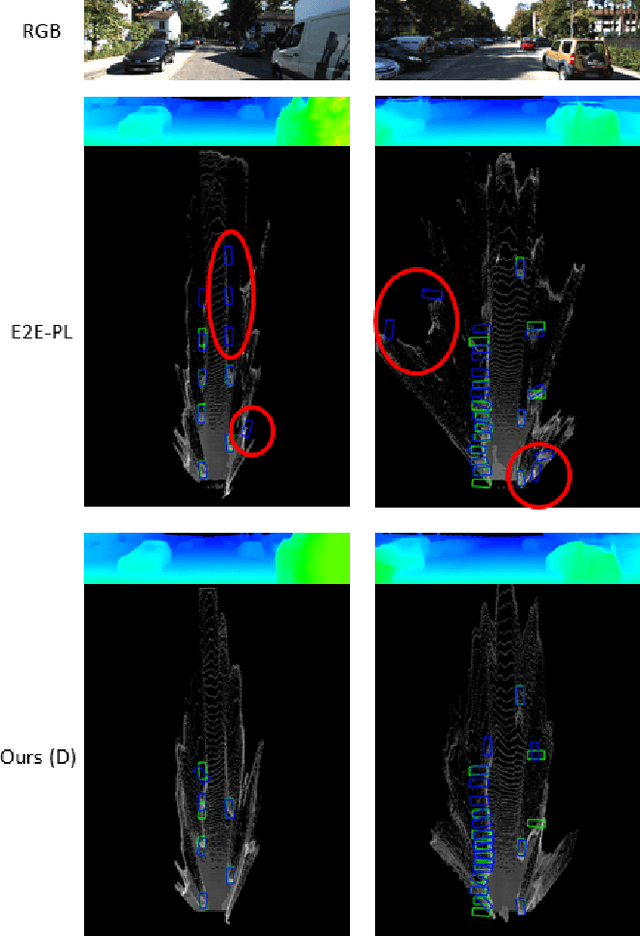


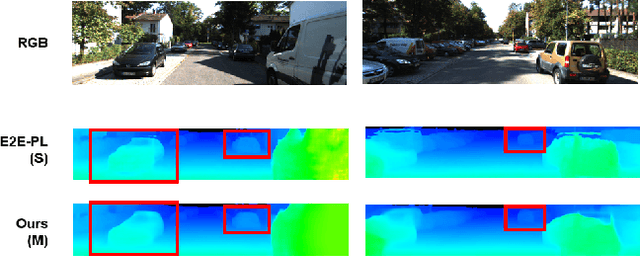
Abstract:There have been attempts to detect 3D objects by fusion of stereo camera images and LiDAR sensor data or using LiDAR for pre-training and only monocular images for testing, but there have been less attempts to use only monocular image sequences due to low accuracy. In addition, when depth prediction using only monocular images, only scale-inconsistent depth can be predicted, which is the reason why researchers are reluctant to use monocular images alone. Therefore, we propose a method for predicting absolute depth and detecting 3D objects using only monocular image sequences by enabling end-to-end learning of detection networks and depth prediction networks. As a result, the proposed method surpasses other existing methods in performance on the KITTI 3D dataset. Even when monocular image and 3D LiDAR are used together during training in an attempt to improve performance, ours exhibit is the best performance compared to other methods using the same input. In addition, end-to-end learning not only improves depth prediction performance, but also enables absolute depth prediction, because our network utilizes the fact that the size of a 3D object such as a car is determined by the approximate size.
A Dual-Cycled Cross-View Transformer Network for Unified Road Layout Estimation and 3D Object Detection in the Bird's-Eye-View
Sep 19, 2022
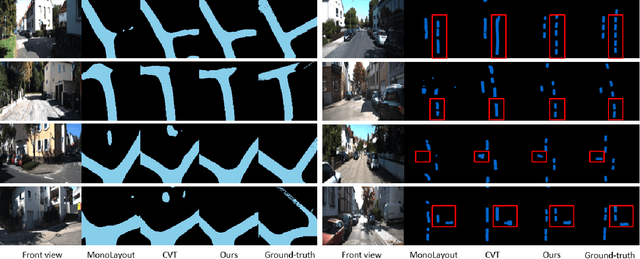


Abstract:The bird's-eye-view (BEV) representation allows robust learning of multiple tasks for autonomous driving including road layout estimation and 3D object detection. However, contemporary methods for unified road layout estimation and 3D object detection rarely handle the class imbalance of the training dataset and multi-class learning to reduce the total number of networks required. To overcome these limitations, we propose a unified model for road layout estimation and 3D object detection inspired by the transformer architecture and the CycleGAN learning framework. The proposed model deals with the performance degradation due to the class imbalance of the dataset utilizing the focal loss and the proposed dual cycle loss. Moreover, we set up extensive learning scenarios to study the effect of multi-class learning for road layout estimation in various situations. To verify the effectiveness of the proposed model and the learning scheme, we conduct a thorough ablation study and a comparative study. The experiment results attest the effectiveness of our model; we achieve state-of-the-art performance in both the road layout estimation and 3D object detection tasks.
Writing in The Air: Unconstrained Text Recognition from Finger Movement Using Spatio-Temporal Convolution
Apr 19, 2021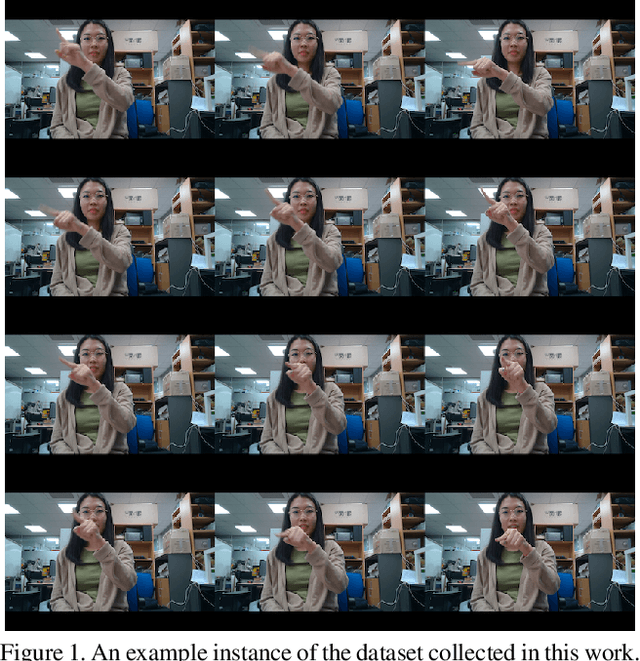
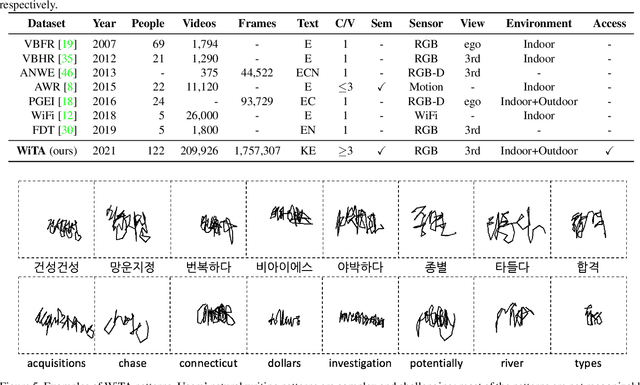
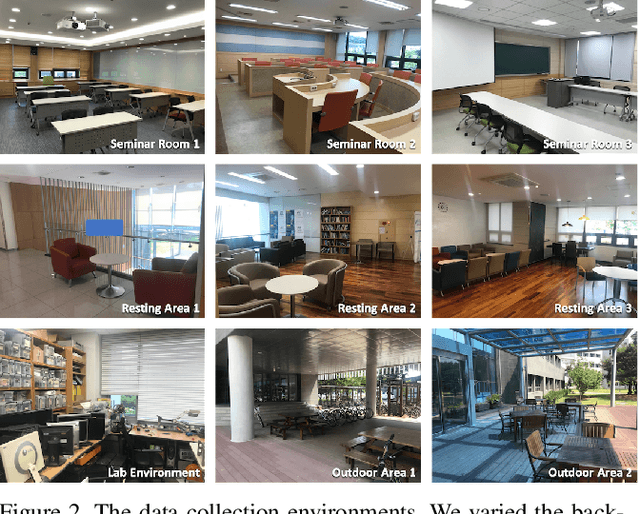
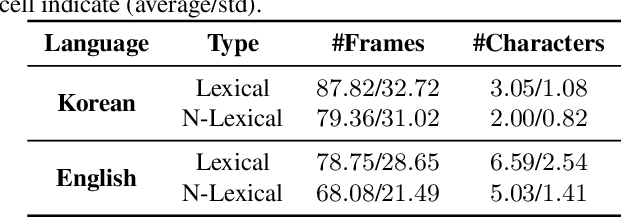
Abstract:In this paper, we introduce a new benchmark dataset for the challenging writing in the air (WiTA) task -- an elaborate task bridging vision and NLP. WiTA implements an intuitive and natural writing method with finger movement for human-computer interaction (HCI). Our WiTA dataset will facilitate the development of data-driven WiTA systems which thus far have displayed unsatisfactory performance -- due to lack of dataset as well as traditional statistical models they have adopted. Our dataset consists of five sub-datasets in two languages (Korean and English) and amounts to 209,926 video instances from 122 participants. We capture finger movement for WiTA with RGB cameras to ensure wide accessibility and cost-efficiency. Next, we propose spatio-temporal residual network architectures inspired by 3D ResNet. These models perform unconstrained text recognition from finger movement, guarantee a real-time operation by processing 435 and 697 decoding frames-per-second for Korean and English, respectively, and will serve as an evaluation standard. Our dataset and the source codes are available at https://github.com/Uehwan/WiTA.
Revisiting Self-Supervised Monocular Depth Estimation
Mar 23, 2021



Abstract:Self-supervised learning of depth map prediction and motion estimation from monocular video sequences is of vital importance -- since it realizes a broad range of tasks in robotics and autonomous vehicles. A large number of research efforts have enhanced the performance by tackling illumination variation, occlusions, and dynamic objects, to name a few. However, each of those efforts targets individual goals and endures as separate works. Moreover, most of previous works have adopted the same CNN architecture, not reaping architectural benefits. Therefore, the need to investigate the inter-dependency of the previous methods and the effect of architectural factors remains. To achieve these objectives, we revisit numerous previously proposed self-supervised methods for joint learning of depth and motion, perform a comprehensive empirical study, and unveil multiple crucial insights. Furthermore, we remarkably enhance the performance as a result of our study -- outperforming previous state-of-the-art performance.
ChangeSim: Towards End-to-End Online Scene Change Detection in Industrial Indoor Environments
Mar 09, 2021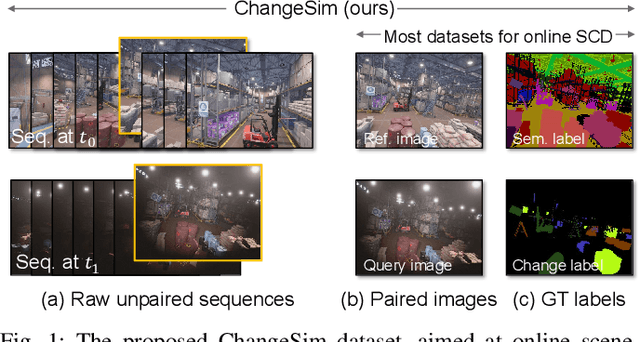

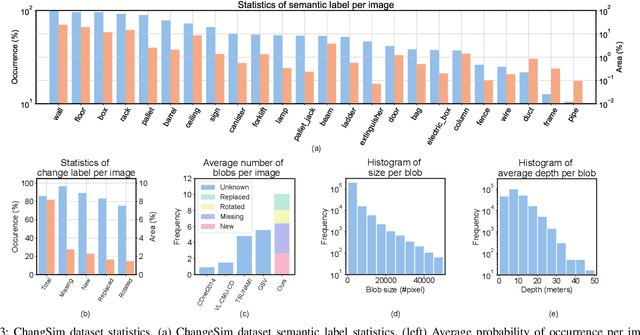
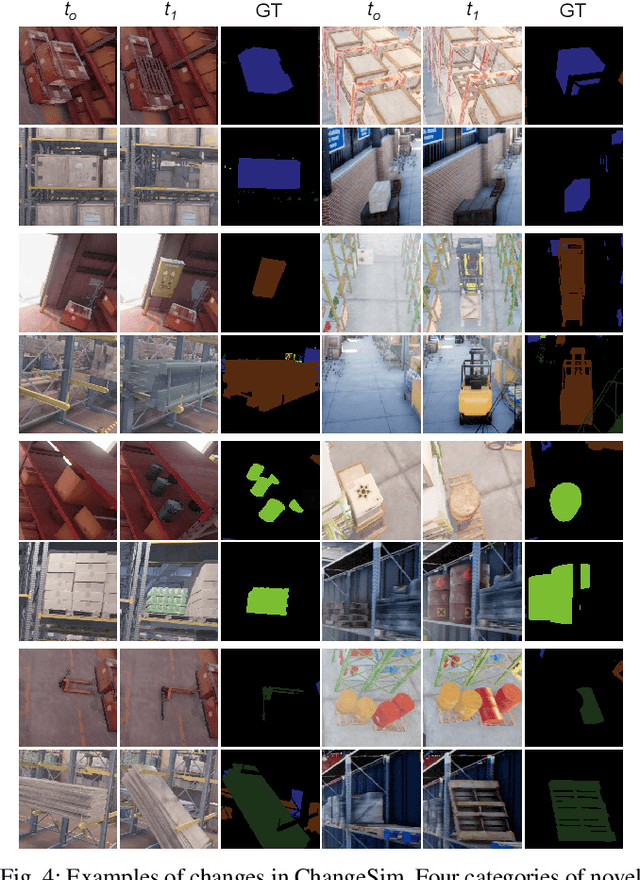
Abstract:We present a challenging dataset, ChangeSim, aimed at online scene change detection (SCD) and more. The data is collected in photo-realistic simulation environments with the presence of environmental non-targeted variations, such as air turbidity and light condition changes, as well as targeted object changes in industrial indoor environments. By collecting data in simulations, multi-modal sensor data and precise ground truth labels are obtainable such as the RGB image, depth image, semantic segmentation, change segmentation, camera poses, and 3D reconstructions. While the previous online SCD datasets evaluate models given well-aligned image pairs, ChangeSim also provides raw unpaired sequences that present an opportunity to develop an online SCD model in an end-to-end manner, considering both pairing and detection. Experiments show that even the latest pair-based SCD models suffer from the bottleneck of the pairing process, and it gets worse when the environment contains the non-targeted variations. Our dataset is available at http://sammica.github.io/ChangeSim/.
A Real-time Vision Framework for Pedestrian Behavior Recognition and Intention Prediction at Intersections Using 3D Pose Estimation
Sep 23, 2020
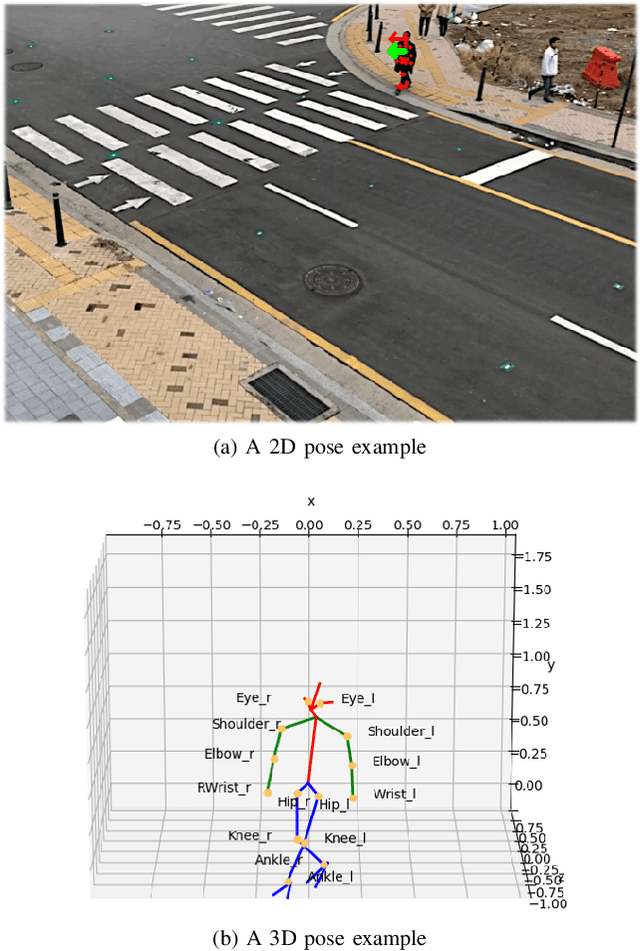
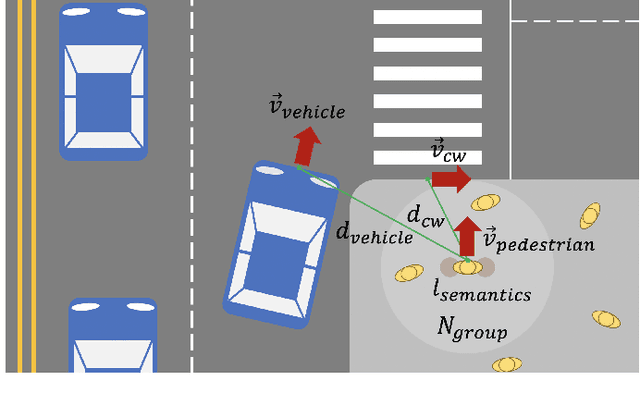
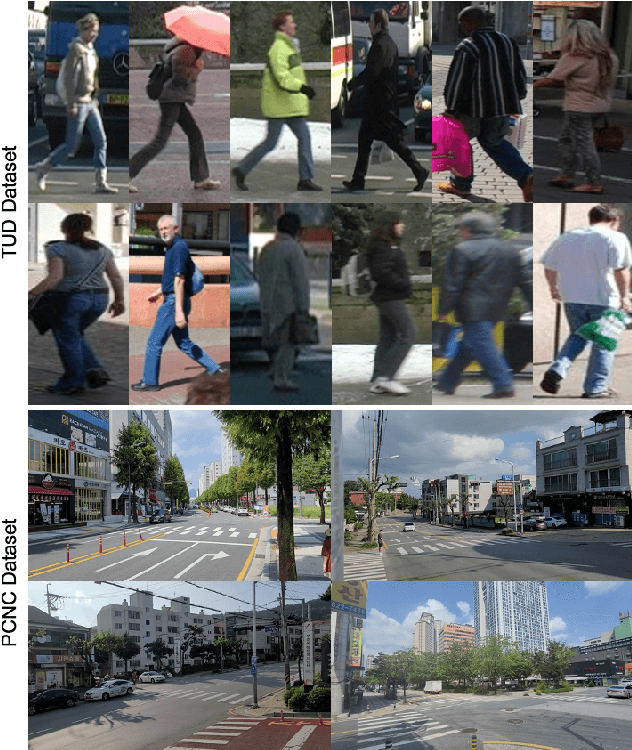
Abstract:Minimizing traffic accidents between vehicles and pedestrians is one of the primary research goals in intelligent transportation systems. To achieve the goal, pedestrian behavior recognition and prediction of pedestrian's crossing or not-crossing intention play a central role. Contemporary approaches do not guarantee satisfactory performance due to lack of generalization, the requirement of manual data labeling, and high computational complexity. To overcome these limitations, we propose a real-time vision framework for two tasks: pedestrian behavior recognition (100.53 FPS) and intention prediction (35.76 FPS). Our framework obtains satisfying generalization over multiple sites because of the proposed site-independent features. At the center of the feature extraction lies 3D pose estimation. The 3D pose analysis enables robust and accurate recognition of pedestrian behaviors and prediction of intentions over multiple sites. The proposed vision framework realizes 89.3% accuracy in the behavior recognition task on the TUD dataset without any training process and 91.28% accuracy in intention prediction on our dataset achieving new state-of-the-art performance. To contribute to the corresponding research community, we make our source codes public which are available at https://github.com/Uehwan/VisionForPedestrian
s-DRN: Stabilized Developmental Resonance Network
Dec 18, 2019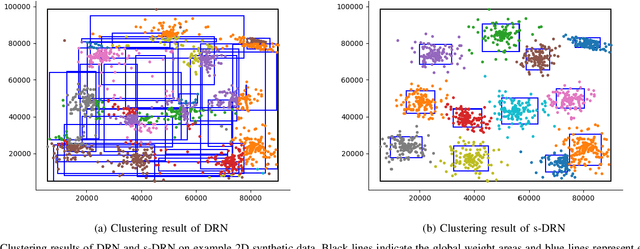
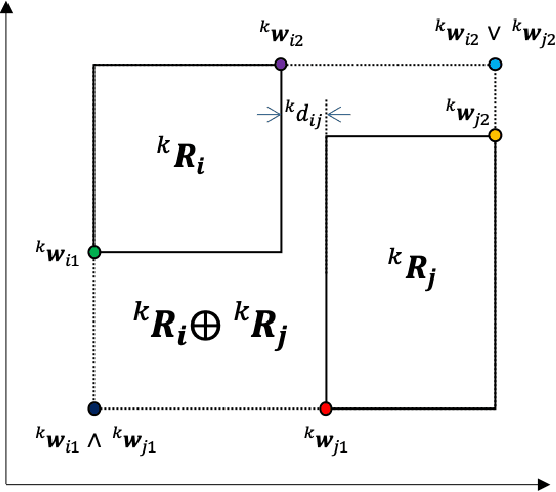
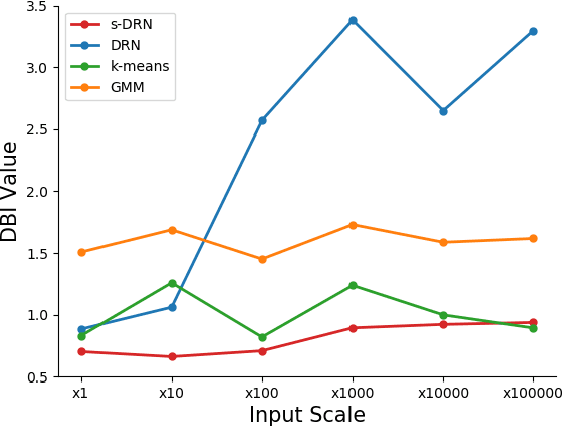
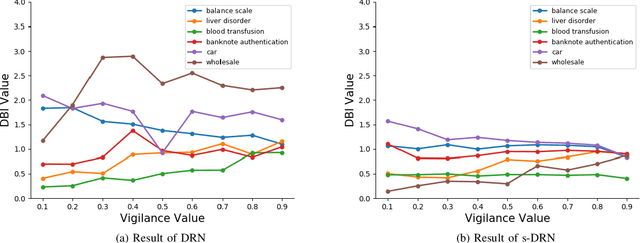
Abstract:Online incremental clustering of sequentially incoming data without prior knowledge suffers from changing cluster numbers and tends to fall into local extrema according to given data order. To overcome these limitations, we propose a stabilized developmental resonance network (s-DRN). First, we analyze the instability of the conventional choice function during the node activation process and design a scalable activation function to make clustering performance stable over all input data scales. Next, we devise three criteria for the node grouping algorithm: distance, intersection over union (IoU) and size criteria. The proposed node grouping algorithm effectively excludes unnecessary clusters from incrementally created clusters, diminishes the performance dependency on vigilance parameters and makes the clustering process robust. To verify the performance of the proposed s-DRN model, comparative studies are conducted on six real-world datasets whose statistical characteristics are distinctive. The comparative studies demonstrate the proposed s-DRN outperforms baselines in terms of stability and accuracy.
SimVODIS: Simultaneous Visual Odometry, Object Detection, and Instance Segmentation
Nov 16, 2019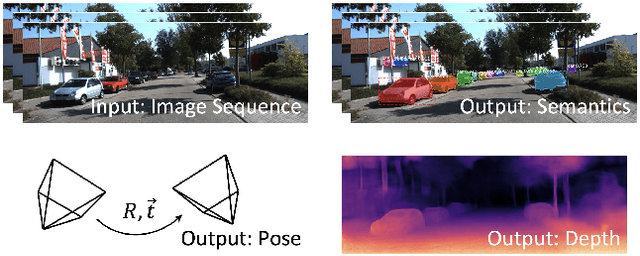
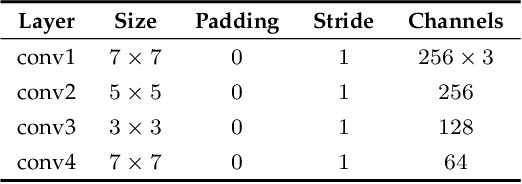


Abstract:Intelligent agents need to understand the surrounding environment to provide meaningful services to or interact intelligently with humans. The agents should perceive geometric features as well as semantic entities inherent in the environment. Contemporary methods in general provide one type of information regarding the environment at a time, making it difficult to conduct high-level tasks. Moreover, running two types of methods and associating two resultant information requires a lot of computation and complicates the software architecture. To overcome these limitations, we propose a neural architecture that simultaneously performs both geometric and semantic tasks in a single thread: simultaneous visual odometry, object detection, and instance segmentation (SimVODIS). Training SimVODIS requires unlabeled video sequences and the photometric consistency between input image frames generates self-supervision signals. The performance of SimVODIS outperforms or matches the state-of-the-art performance in pose estimation, depth map prediction, object detection, and instance segmentation tasks while completing all the tasks in a single thread. We expect SimVODIS would enhance the autonomy of intelligent agents and let the agents provide effective services to humans.
Convolutional Recurrent Reconstructive Network for Spatiotemporal Anomaly Detection in Solder Paste Inspection
Aug 22, 2019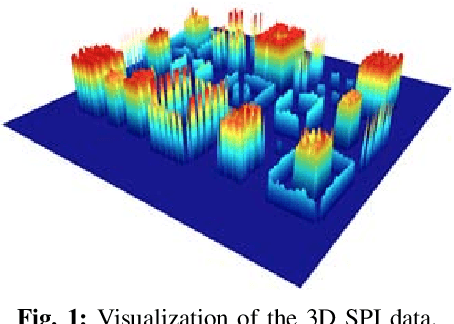
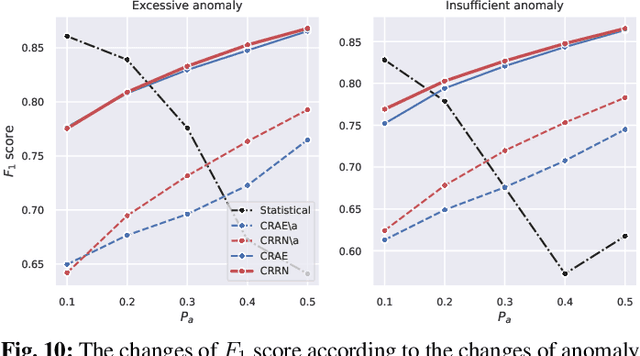

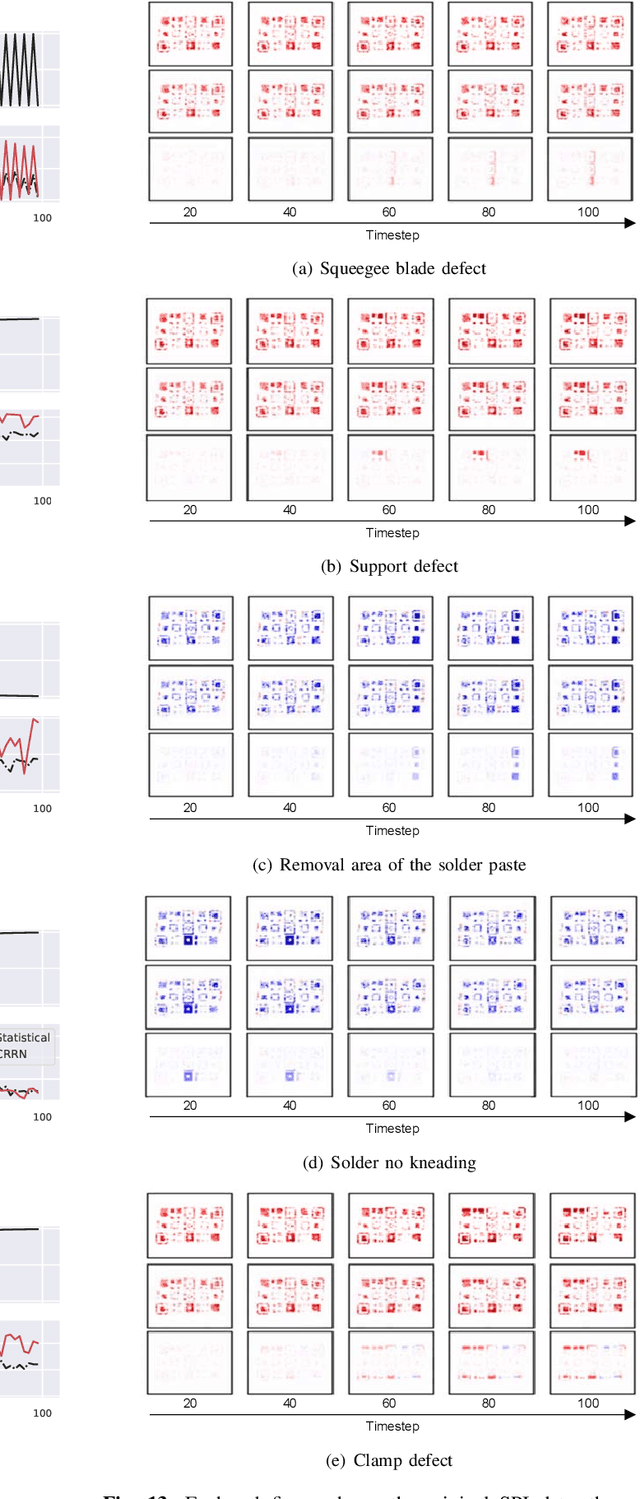
Abstract:Surface mount technology (SMT) is a process for producing printed circuit boards. Solder paste printer (SPP), package mounter, and solder reflow oven are used for SMT. The board on which the solder paste is deposited from the SPP is monitored by solder paste inspector (SPI). If SPP malfunctions due to the printer defects, the SPP produces defective products, and then abnormal patterns are detected by SPI. In this paper, we propose a convolutional recurrent reconstructive network (CRRN), which decomposes the anomaly patterns generated by the printer defects, from SPI data. CRRN learns only normal data and detects anomaly pattern through reconstruction error. CRRN consists of a spatial encoder (S-Encoder), a spatiotemporal encoder and decoder (ST-Encoder-Decoder), and a spatial decoder (S-Decoder). The ST-Encoder-Decoder consists of multiple convolutional spatiotemporal memories (CSTMs) with ST-Attention mechanism. CSTM is developed to extract spatiotemporal patterns efficiently. Additionally, a spatiotemporal attention (ST-Attention) mechanism is designed to facilitate transmitting information from the ST-Encoder to the ST-Decoder, which can solve the long-term dependency problem. We demonstrate the proposed CRRN outperforms the other conventional models in anomaly detection. Moreover, we show the discriminative power of the anomaly map decomposed by the proposed CRRN through the printer defect classification.
3-D Scene Graph: A Sparse and Semantic Representation of Physical Environments for Intelligent Agents
Aug 14, 2019



Abstract:Intelligent agents gather information and perceive semantics within the environments before taking on given tasks. The agents store the collected information in the form of environment models that compactly represent the surrounding environments. The agents, however, can only conduct limited tasks without an efficient and effective environment model. Thus, such an environment model takes a crucial role for the autonomy systems of intelligent agents. We claim the following characteristics for a versatile environment model: accuracy, applicability, usability, and scalability. Although a number of researchers have attempted to develop such models that represent environments precisely to a certain degree, they lack broad applicability, intuitive usability, and satisfactory scalability. To tackle these limitations, we propose 3-D scene graph as an environment model and the 3-D scene graph construction framework. The concise and widely used graph structure readily guarantees usability as well as scalability for 3-D scene graph. We demonstrate the accuracy and applicability of the 3-D scene graph by exhibiting the deployment of the 3-D scene graph in practical applications. Moreover, we verify the performance of the proposed 3-D scene graph and the framework by conducting a series of comprehensive experiments under various conditions.
 Add to Chrome
Add to Chrome Add to Firefox
Add to Firefox Add to Edge
Add to Edge